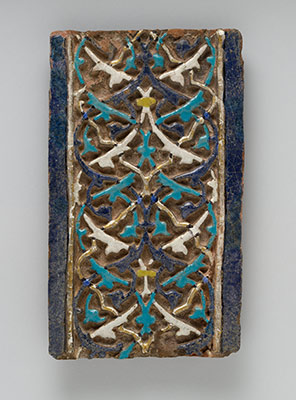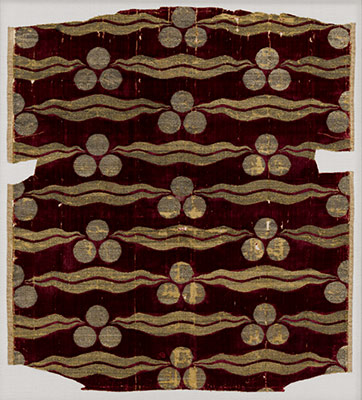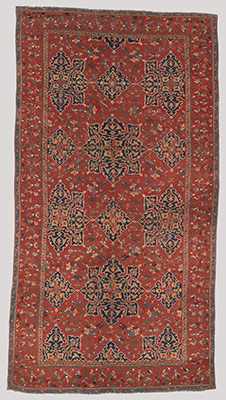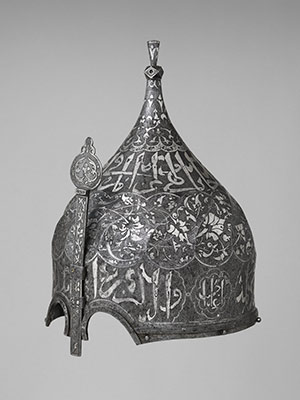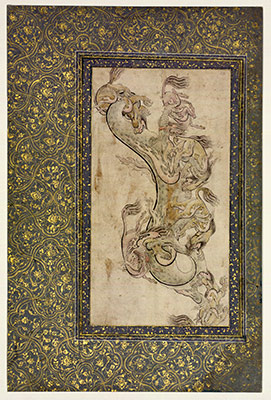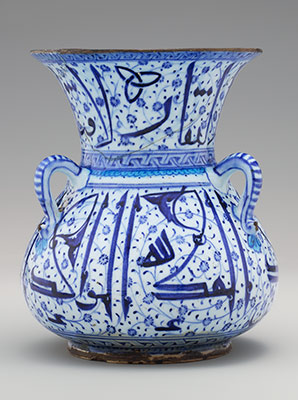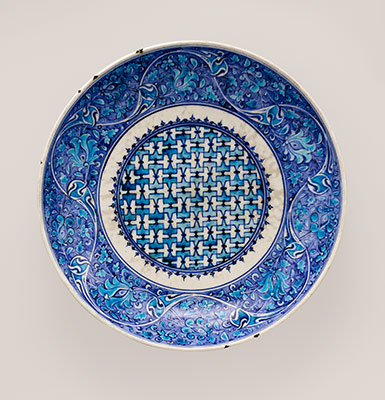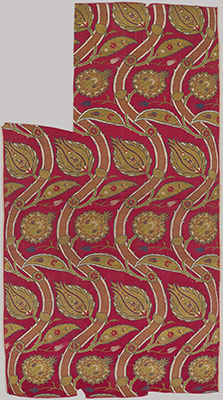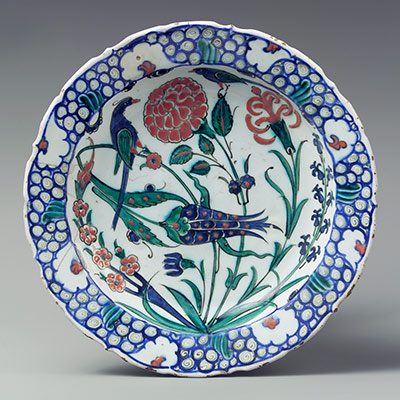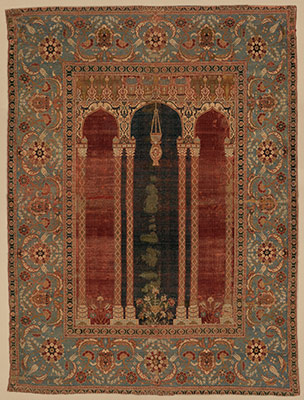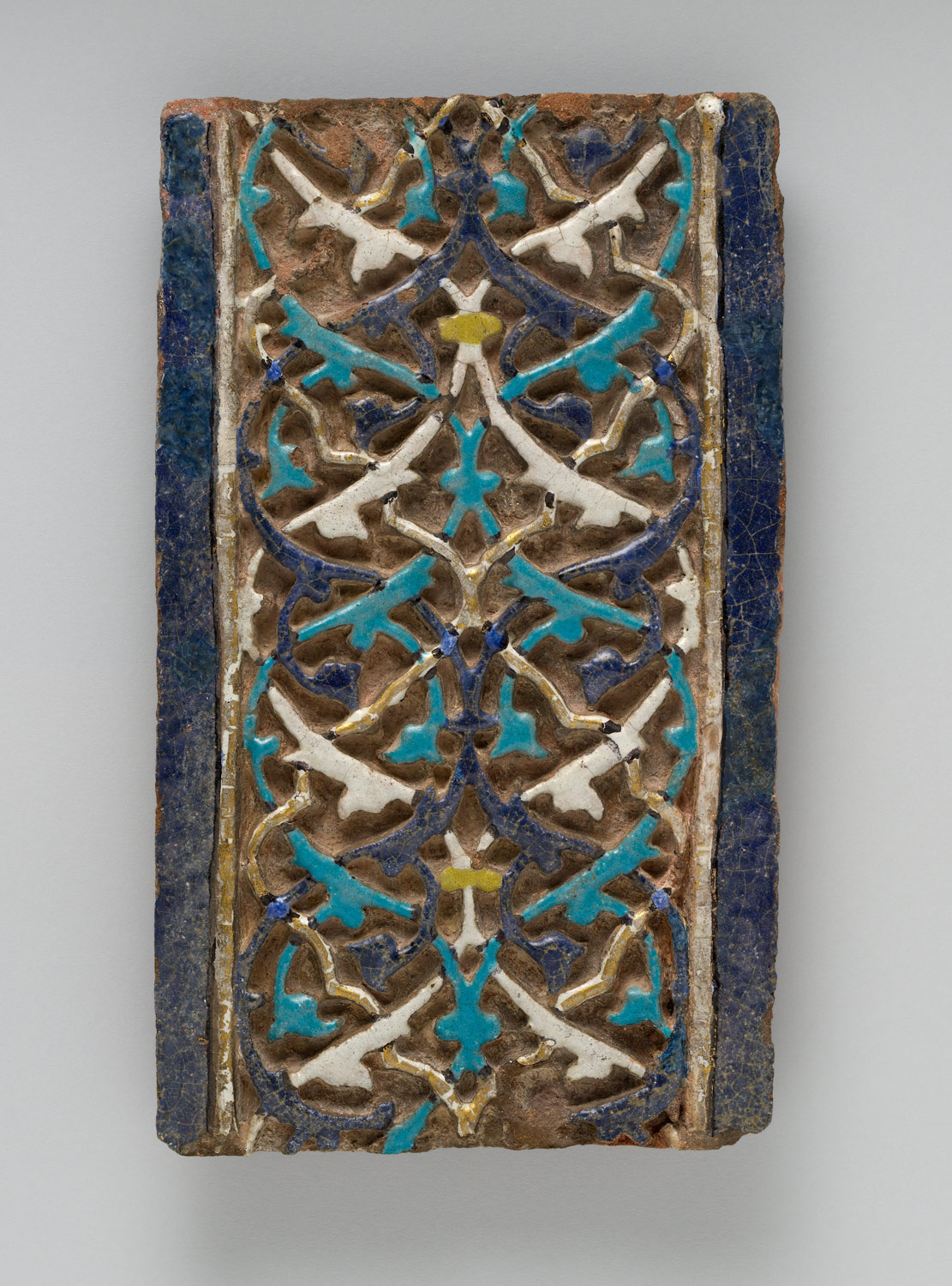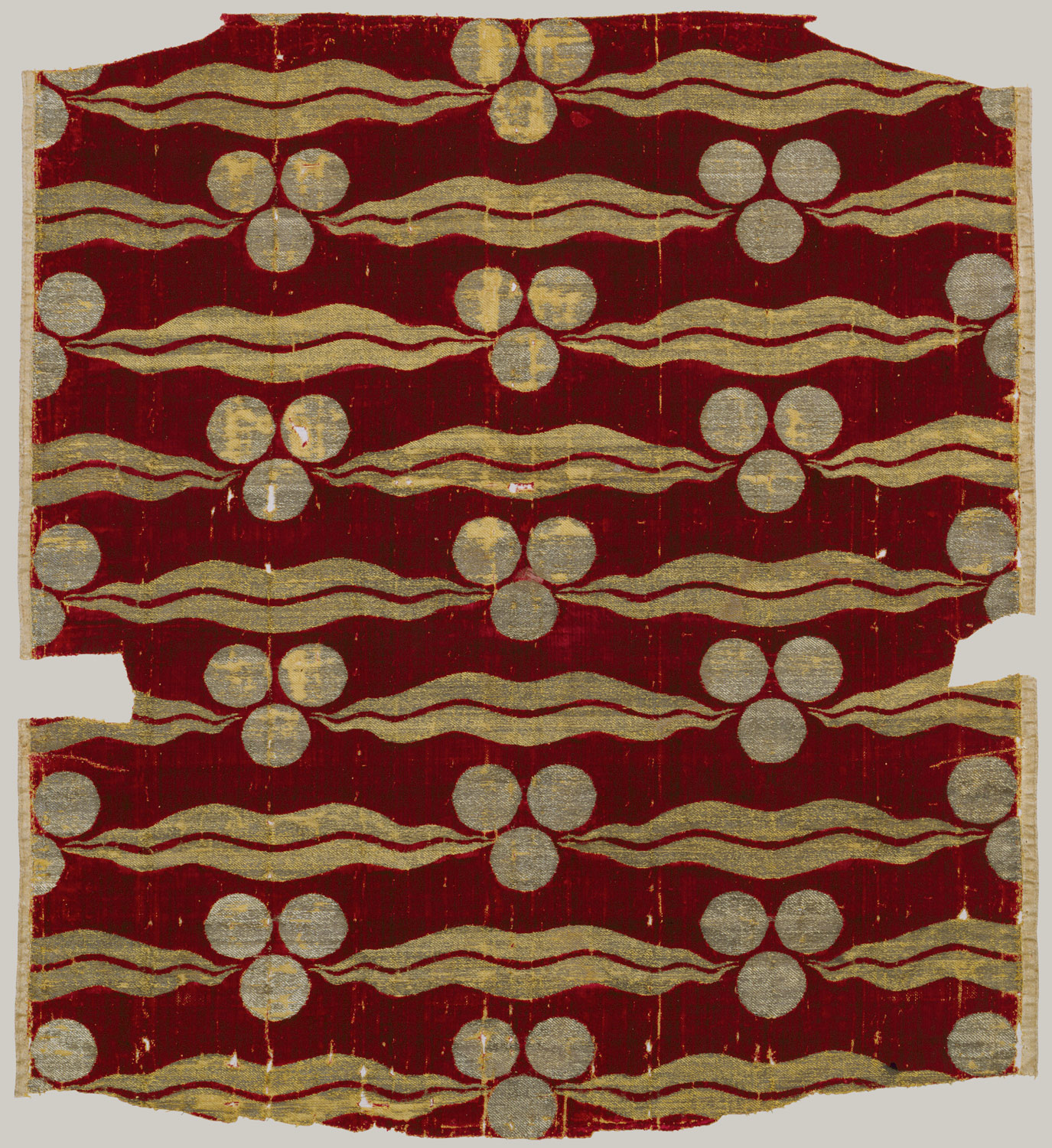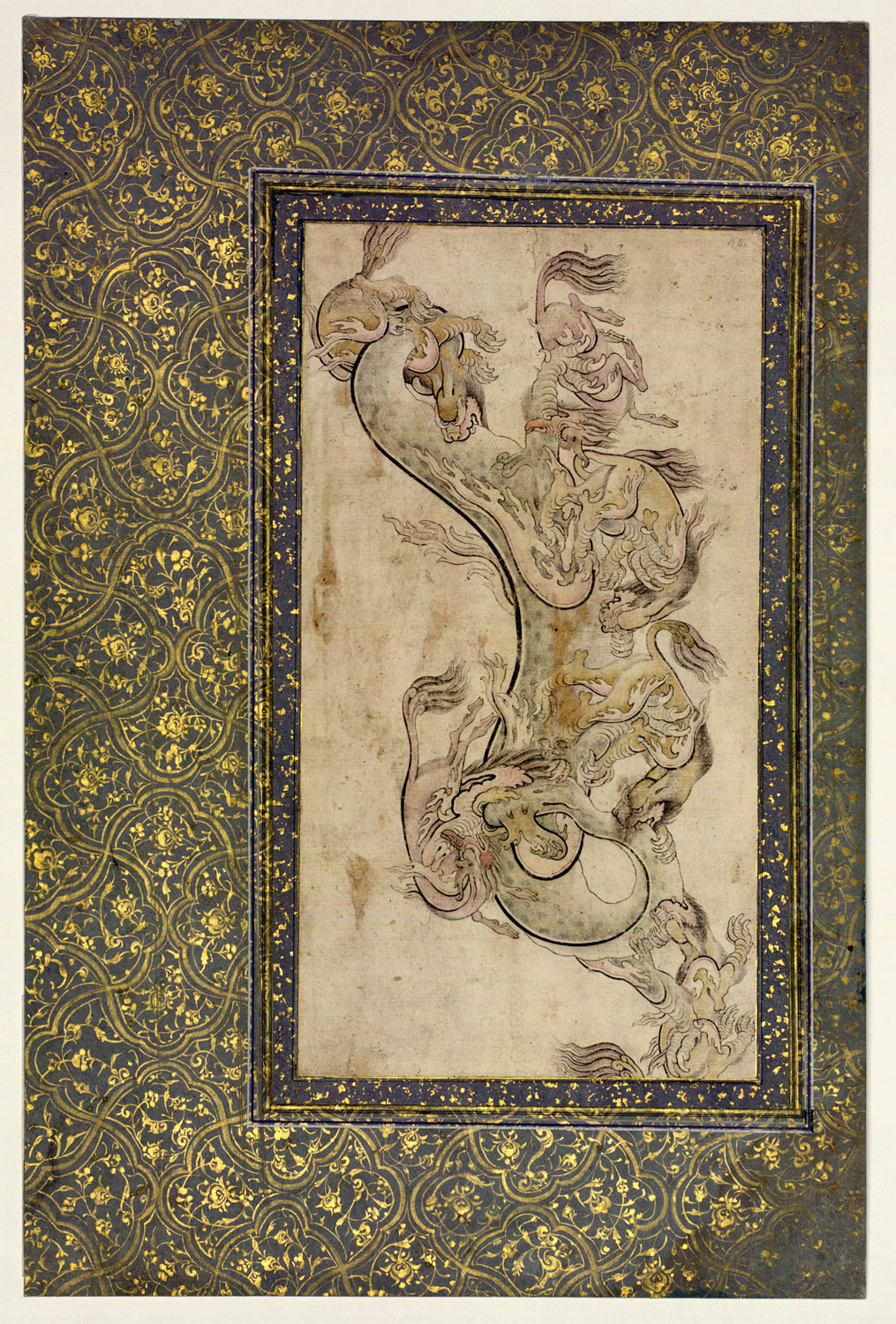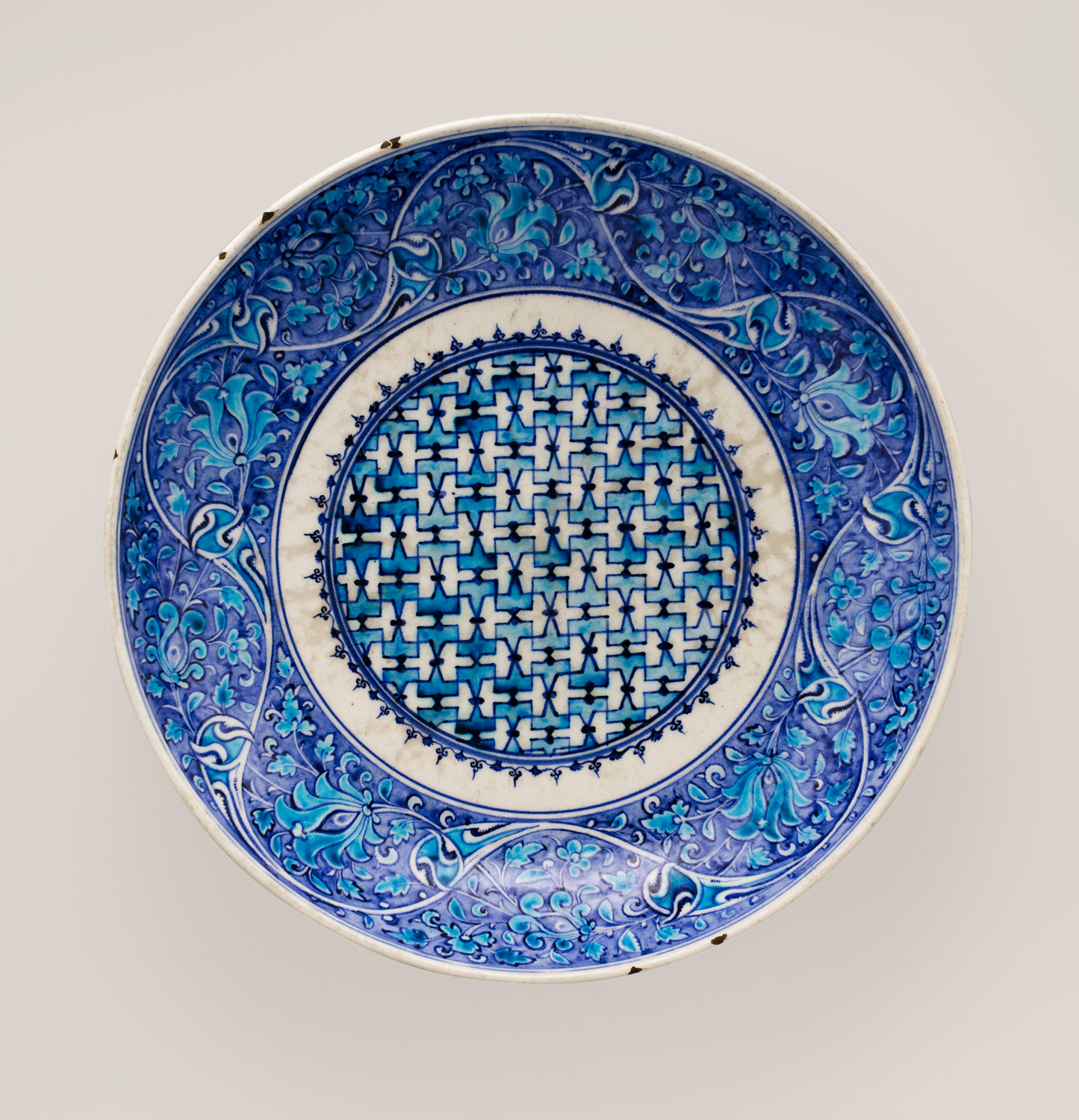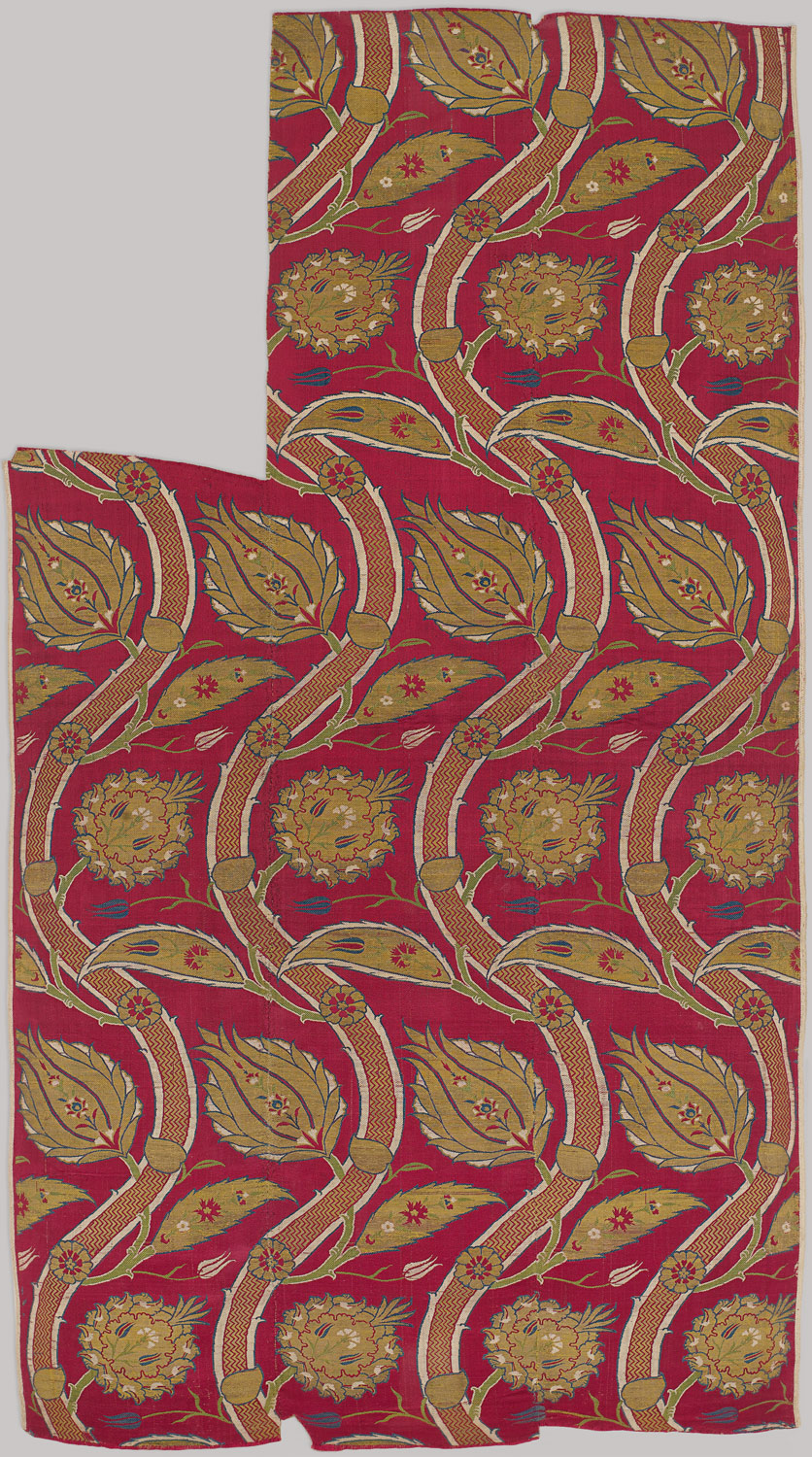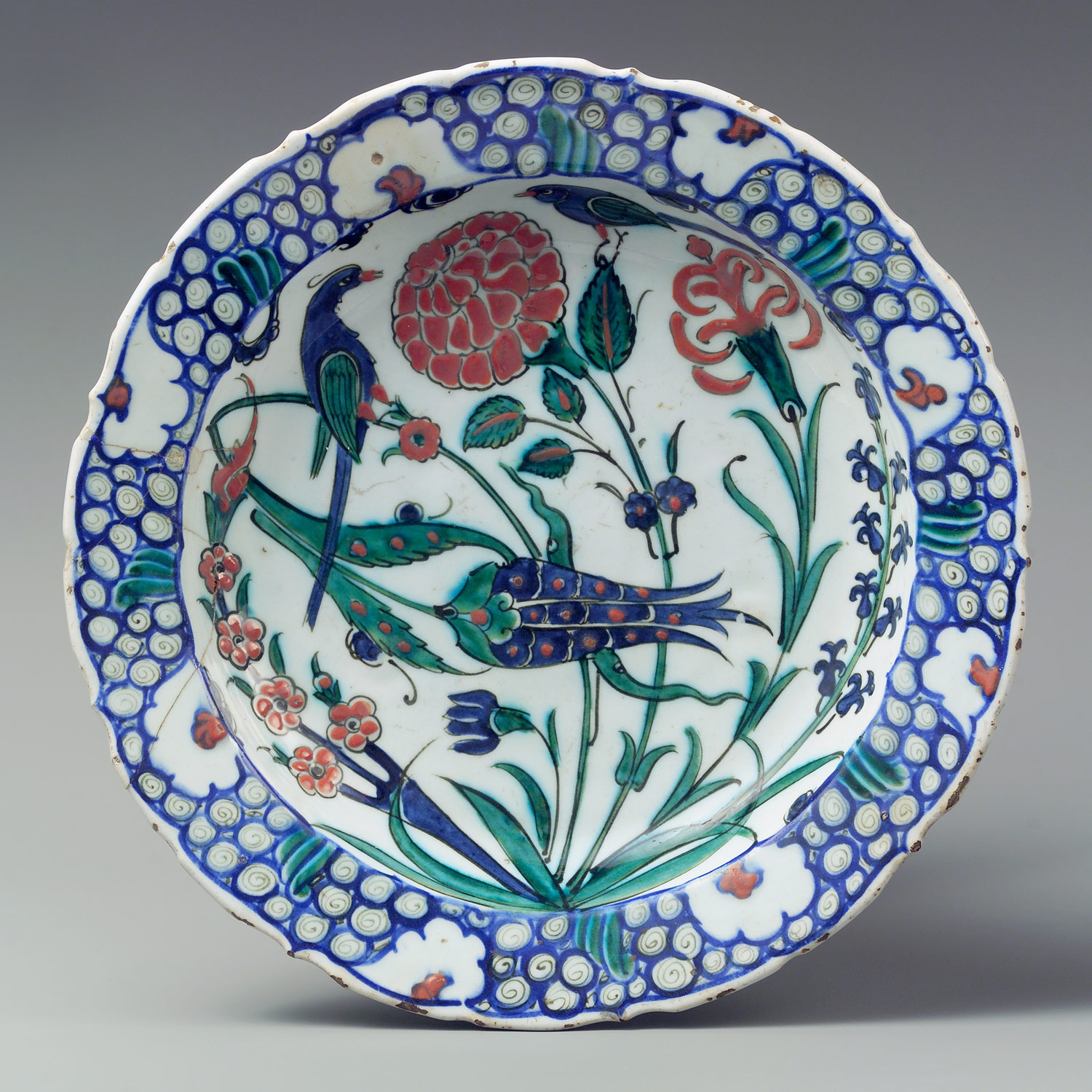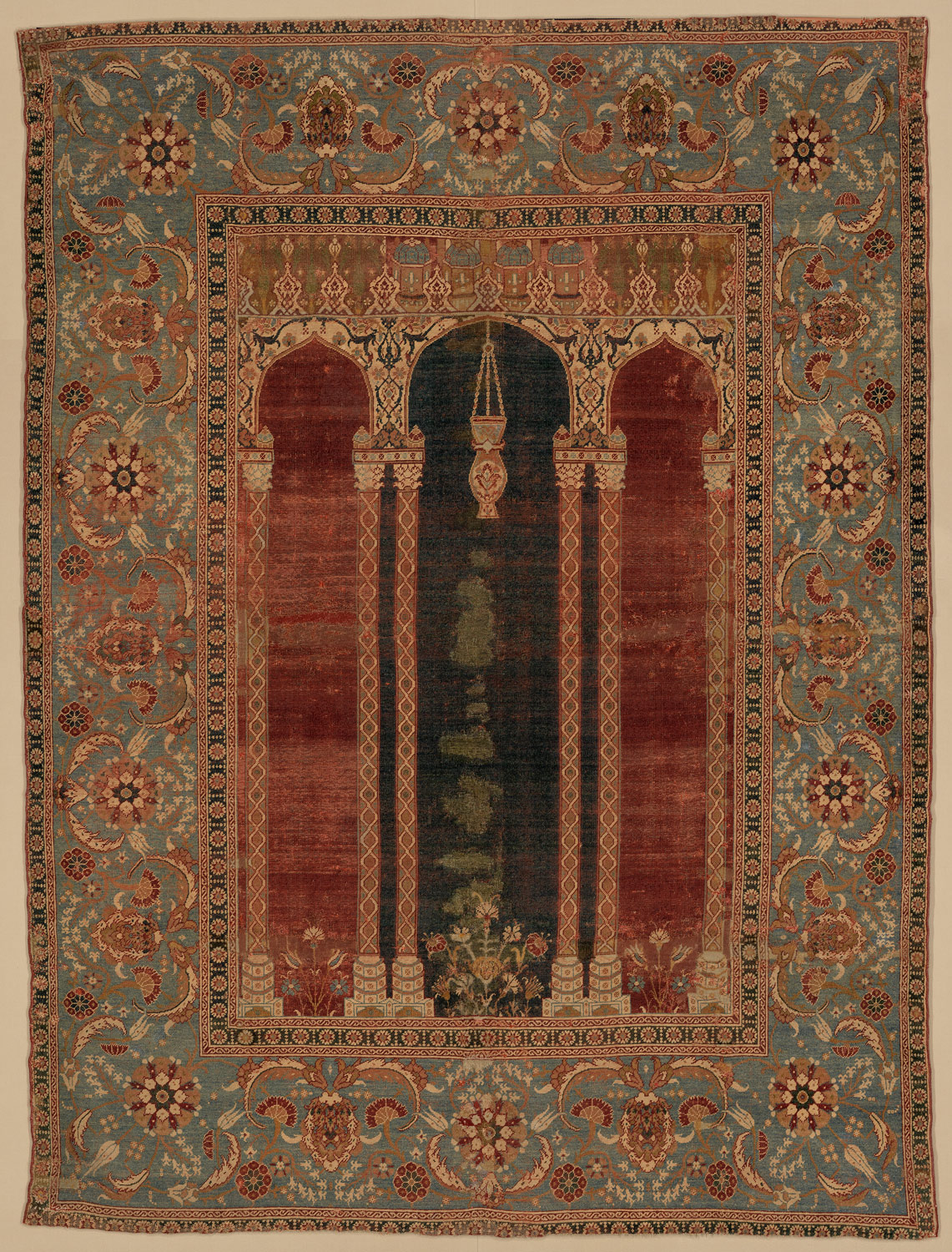During the period from 1400 to 1600 A.D., Anatolia and the Caucasus witness a shift from the earlier fragmentation (1000–1400 A.D.) to increased unification. While the Caucasian region remains independent during the earlier half of this period and then becomes a frontier zone between the Ottoman and Safavid empires, Anatolia is tied to Ottoman imperial capitals in the Balkan peninsula, Edirne (Adrianople) and Istanbul (Constantinople). With the great Ottoman expansion in the sixteenth century, Anatolia becomes part of a world empire. Earlier heterogeneity gives way to a uniquely Ottoman synthesis of different artistic traditions.
Anatolia and the Caucasus, 1400–1600 A.D.
Timeline
1400 A.D.
1450 A.D.
ANATOLIA
CAUCASUS
1450 A.D.
1500 A.D.
ANATOLIA
CAUCASUS
1500 A.D.
1550 A.D.
1550 A.D.
1600 A.D.
Overview
Key Events
-
1402–1403
Conquests in Anatolia and the Balkans under the Ottoman ruler Bayezid I (“the Thunderbolt,” r. 1389–1403), lead to the fatal battle of Ankara against Timur (Tamerlane), the great Central Asian Turko-Mongol ruler. In the aftermath of Bayezid’s death, his sons fight for the throne while recently conquered regions declare their autonomy. Through the vassalage of Anatolian principalities and the influx of artisans, Timurid influences are seen in the arts of Anatolia.
-
1413–1421
Emerging victorious from the interregnum after his father Bayezid’s death, Mehmet I reestablishes a unified Ottoman state. During his reign, Bursa is a cultural center attracting migrant artists, especially from Iran. New techniques are introduced into the artistic vocabulary. Mehmet’s convent-mosque and tomb complex (begun 1419, popularly known as “Green” after the color of the tiles covering his mausoleum), built in stone, is lavishly decorated inside with cuerda seca tiles and elaborate woodwork.
-
1453–1481
After his conquest of Constantinople, which puts an end to the Byzantine empire, Mehmet II (“the Conqueror,” r. 1444–46 and 1451–81) sets out to unify Anatolia under Ottoman rule. Mehmet’s takeover of various lands, including the realms of Trebizond and Karaman, ends the long period of fragmentation following Anatolian Seljuq rule. With a keen interest in centralization, Mehmet ties Anatolia to his new capital. In doing so, he also relocates artists and scholars in order to realize his imperial ambitions of creating a world empire together with a rich artistic tradition.
-
1481–1512
During the reign of Bayezid II, a conservative religious reaction against Mehmet’s cosmopolitan outlook and centralizing interests surfaces. Social unrest in the eastern Anatolian provinces creates tension with the newly emerging Safavid polity in Iran. In terms of the arts, Bayezid focuses on architectural patronage, commissioning buildings in the cities of Tokat, Amasya, and Manisa.
-
ca. 1500–1600
Several cities in the western Anatolian region develop into major artistic and commercial centers. While Iznik is renowned for ceramics and Bursa for silks and textiles, various cities are recognized in the production of carpets.
-
1512
Usurping power from his father Bayezid, Selim I (“the Grim”) proceeds to confront religious turmoil and sectarian divisions in eastern Anatolia, which bring him into conflict with Safavid Iran. The Ottoman victory at the Battle of Çaldıran (1514) leads to the increased presence of Iranian artists and works of art at the Ottoman court. During his eight-year rule, Selim adds Syria, Egypt, and the Holy Cities of Islam (Mecca and Medina) to the Ottoman realm. Through this expansion, Anatolia is politically unified with immediately neighboring Arab provinces to the south.
-
1520–1566
The reign of Süleyman, popularly known as “the Magnificent” or “the Lawmaker,” is often regarded as “the Golden Age” and is defined by geographic expansion, trade, economic growth, and tremendous cultural and artistic activity. During this period, the Ottoman realm in Anatolia is extended toward Tabriz (Iran) and Baghdad (Iraq) in 1534 and into Georgia in 1549. The region becomes part of an empire whose control extends from present-day Hungary to the Caucasus, from Crimea to the eastern Mediterranean, Arabian Peninsula, and North Africa.
-
1539–1588
Sinan, the only architect among the great Ottoman, Safavid, and Mughal dynasties to become famous by name, is chief of the Corps of Royal Architects under sultans Süleyman I, Selim II (r. 1566–74), and Murad III (r. 1574–95). Born to a Christian family in the Central Anatolian city of Kayseri, Sinan rose through the Ottoman ranks to become one of the most celebrated Islamic architects of all time. His designs for hundreds of public service buildings are carried out throughout the Ottoman empire.
Citation
“Anatolia and the Caucasus, 1400–1600 A.D.” In Heilbrunn Timeline of Art History. New York: The Metropolitan Museum of Art, 2000–. http://www.metmuseum.org/toah/ht/?period=08®ion=waa (October 2002)
Related
Map

